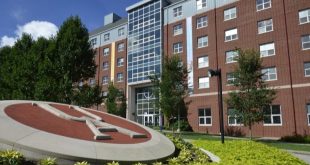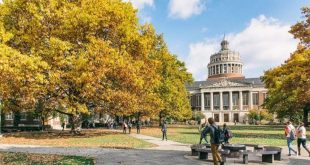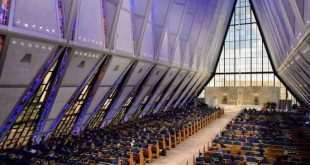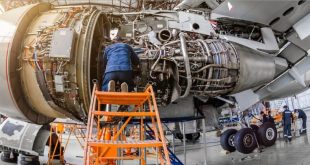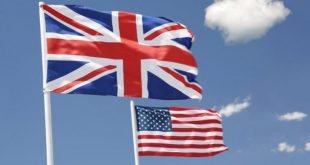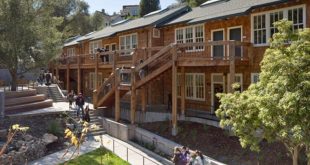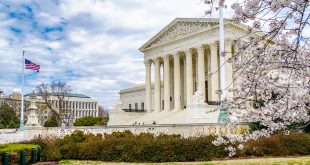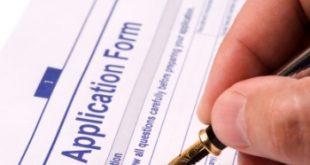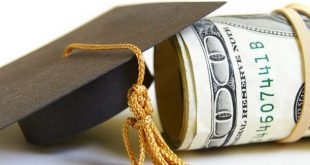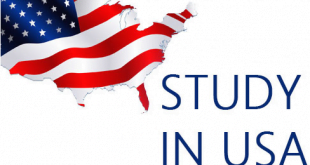There are currently more than one million international students who study abroad in the United States. And to be part of them, you need to go through the process of getting a student visa to the USA.
And for that, you need some guidance since the procedure is slightly different from any visa application from other countries. We have put together this guide to US student visas to help you understand the student visa to USA as well as the requirements and other valuable details.
Types of student visa in the USA
Visa types for students wishing to study in the United States vary depending on the type of education or program of study. Basically, there are two types of Student Visa in USA available for international students:
- An F-1 visa for students wishing to indulge in an academic study.
- Class M visa for non-academic (technical and professional) students.
What are the requirements for a US student visa?
The usual requirements to be able to apply for a US F1 student visa include a proof:
- that the university or college you apply to is approved by SEVP Immigration and Customs Enforcement
- that you are registered in a full-time program at the institution you applied to
- Of your proficiency in the English language (IELTS or TOEFL)
- of financial means to cover all your study and living costs in the USA
- that you have residence in your home country where you will return after you complete your degree
- that your passport is valid
The documents you need to provide must include:
- A copy of your passport
- 2 ID photos
- The payment confirmations of your DS-160 and I-901 SEVIS (visa fees)
- Your school records transcription
- Bank statement or scholarships or any proof of finances
- A filled I-20 form
Cost of the student visa to the USA
The total cost of an F1 student visa for the USA amounts a little above $500. This fee includes the cost of the visa, the SEVIS processing and the maintenance fees. The application fee is $160, which will get you a receipt that you will need for your interview documents. Moreover, you might need to pay additional fees depending on your home country and the US Embassy you apply from.
The SEVIS 1-901 fee, on the other hand, is for your university or college to register you in the Student and Exchange Visitor Information System (SEVIS). Full registration fee for a F1 visa is $200.
Visa Preparation
- You must first start the application process and ensure that the university that you have selected has accepted your application. (See the previous article to learn how to apply here.)
- Upon completion of the application process and upon acceptance of your application, the University will send you a letter confirming your admission to an institution authorized by the United States Citizenship and Immigration Services (USCIS) for non-immigrant international students’ registration (I-20 for an F-1 visa). You must read and sign this form.
Note: When filling out the form, make sure you spell your name and that it matches in letters with that in your passport.
- Moreover, under US law, you can get a student visa 120 days before the start of the course on Form I-20
- You will need to make an appointment for an interview at the US Embassy in your country
- Each US embassy has a website where you can make an appointment. It also contains any other visa information. Furthermore, you can find the embassy website in your country.
- The embassy or consulate will give priority to student visas. Hence, if you know that your course schedule will start shortly, do not hesitate to inform them about this information when you apply.
- Information on visa application fees is also available on your country’s embassy website. It’s often around $140.
- You also pay about $200 in computer fees to register your stay in the United States.
- Payments must be made at the Embassy, Consulate, or Bank designated by the US Embassy in your country at least three days prior to the interview.
- Try to apply for a visa at least three months before planning to travel to the United States, if possible. Indeed, this will give you enough time in case of any delays at the embassy or if you wish to appeal against the decision in case of your application refusal.
Personal Interview
An interview with the US Consulate is one of the most important steps, for which you have to be well-prepared and to deal with professionally. Here are these notes to simplify and prepare for it.
- You will have a few minutes to talk to the visa officer, so try to make a good impression.
- Try to wear a uniform. In case you do not have a uniform, you can wear simple and comfortable cloth. It is important to take much care of that.
- Be confident, present-minded, ready to answer not recklessly but wisely and intelligently.
- If you cannot answer in English, you can ask for an interpreter if the employee does not know Arabic.
- The visa officer is very keen to know your actual purpose behind obtaining the visa.
- Be calm, clear and honest in your answers. State your goals and reasons for studying in the United States.
- “Studying in the United States is better than studying in my country”. This answer is not enough when you have to answer the question of why you want to study in the United States, so talk to him about the details of your study plans.
- Remember that clear and accurate answers are the best solution for obtaining your visa.
Also, the below is highly recommended:
- You should have adequate financial support, preferably from family, your employer, or any sponsor within your country.
- If your parents are going to finance you, you must prove this with the documents that show the nature of their work and their income.
- Be careful, any exaggeration or inconsistency in documents and papers can prevent the employee from granting the visa.
- Intention to return to your home country. The visa officer will ask you to make sure you intend to return home. This is by asking you questions regarding your relevance to your home country, your future career plans, etc.
USA student visa rejection rate
The US Department of State doesn’t publish the refusal statistics per country for the F1 student visa. However, the B-visa refusal rates are published to serve as reference as to know the student visa rejection rate. And this is usually around 25-30% maximum.
In case you got a refusal for an F1 visa, you are usually able to apply again. You, then, need to restart the process from the beginning, except for the SEVIS fee registration. You also will need to pay any other application fees.
If you have any questions, please feel free to contact the following website of the US Government Counseling Centers office located in your country and worldwide to know more about how to get a Student Visa in the USA.
At last, learn more about study costs and scholarships in America.




 Aljawaz Your guide to study abroad
Aljawaz Your guide to study abroad

